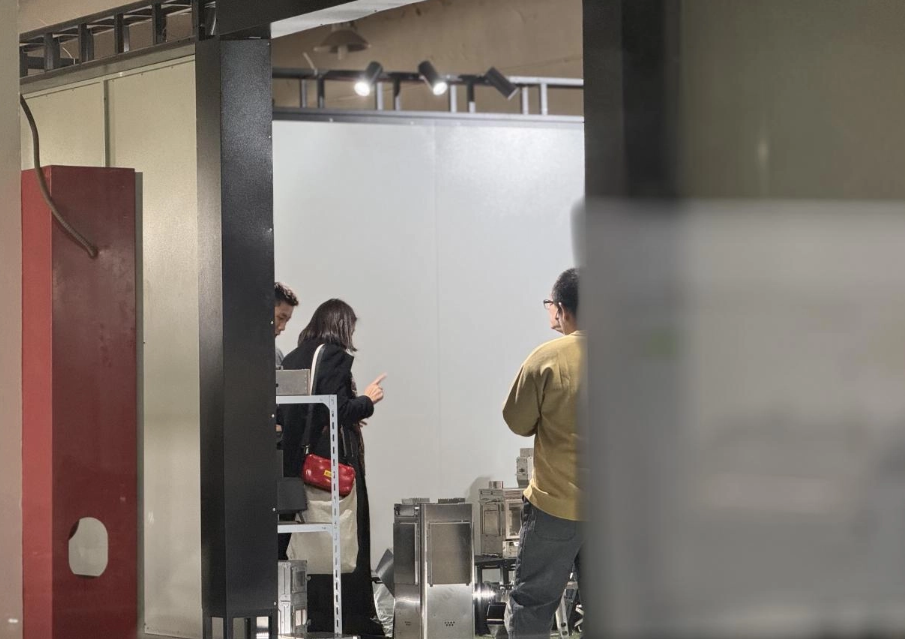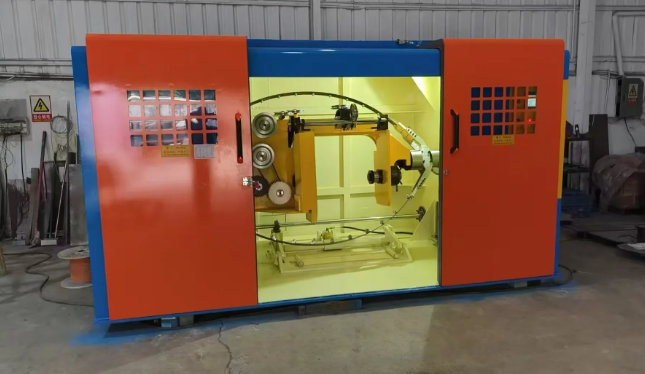In the realm of construction and interior design, drywall has long been the go-to material for creating walls and ceilings. However, its susceptibility to moisture makes it less than ideal for certain environments, such as bathrooms, kitchens, and basements. As the demand for more durable and moisture-resistant building materials grows, many are asking: Is there a waterproof alternative to drywall? This article delves into various options available, their benefits, and considerations for use, providing a comprehensive guide for homeowners, builders, and designers alike.
Understanding the Limitations of Traditional Drywall
Before exploring alternatives, it's essential to understand why traditional drywall is not suitable for high-moisture areas. Standard drywall, made from gypsum plaster sandwiched between two sheets of heavy paper, can absorb moisture, leading to mold growth, structural damage, and a compromised aesthetic. In environments prone to humidity or water exposure, such as bathrooms or near sinks, the risk of damage increases significantly.
The Rise of Waterproof Alternatives
Fortunately, the construction industry has responded to these challenges with innovative materials designed to withstand moisture. Here are some of the most effective waterproof alternatives to drywall:
- Cement Board
Cement board, often used as a backing for tile installations, is a popular choice for wet areas. Made from a mixture of cement and reinforcing fibers, it is highly resistant to moisture and mold. Cement board is ideal for shower walls, tub surrounds, and other areas where water exposure is frequent. Its durability and strength make it a reliable choice, although it can be heavier and more challenging to install than traditional drywall.
- Fiberglass-Reinforced Panels (FRP)
Fiberglass-reinforced panels are another excellent alternative, particularly in commercial settings. These panels are made from a combination of fiberglass and resin, providing a smooth, non-porous surface that is easy to clean and resistant to moisture, stains, and impacts. FRP is commonly used in food processing facilities, laboratories, and other environments where hygiene is paramount. While they offer superior moisture resistance, their aesthetic appeal may be limited compared to traditional drywall finishes.
- Water-Resistant Drywall
For those who prefer to stick with drywall, water-resistant or moisture-resistant drywall (often referred to as green board) is an option. This type of drywall is treated with a moisture-resistant core and a special paper covering, making it suitable for areas with occasional moisture exposure, such as bathrooms and laundry rooms. However, it is important to note that while it offers better protection than standard drywall, it is not entirely waterproof and should not be used in areas with constant water exposure.
- PVC Wall Panels
PVC wall panels are a versatile and waterproof alternative that has gained popularity in recent years. These panels are lightweight, easy to install, and available in various designs and colors. They are resistant to moisture, mold, and mildew, making them suitable for bathrooms, kitchens, and even outdoor applications. PVC panels are also easy to clean, making them a practical choice for high-traffic areas.
- Metal Wall Panels
For a more industrial aesthetic, metal wall panels can be an excellent choice. Made from materials such as aluminum or steel, these panels are inherently waterproof and resistant to corrosion. They are often used in commercial and industrial settings but can also be adapted for residential use. Metal panels provide a modern look and are highly durable, although they may require additional insulation to maintain energy efficiency.
Considerations When Choosing Alternatives
When selecting a waterproof alternative to drywall, several factors should be considered:
- Installation Complexity: Some materials, like cement board, may require specialized tools and skills for installation. Assess your capabilities or consider hiring a professional.
- Cost: Waterproof alternatives can vary significantly in price. While some options may be more expensive upfront, their durability and longevity can lead to cost savings over time.
- Aesthetic Preferences: Consider the overall design of your space. Some materials may offer limited design options compared to traditional drywall.
- Environmental Impact: Evaluate the sustainability of the materials you choose. Some alternatives may have a lower environmental footprint than traditional drywall.
Conclusion
In conclusion, while traditional drywall has been a staple in construction, its limitations in moisture-prone areas have led to the development of various waterproof alternatives. From cement board and fiberglass-reinforced panels to PVC wall panels and metal options, there are numerous choices available to meet the needs of modern construction. By carefully considering the specific requirements of your project, you can select the most suitable material that not only enhances the durability of your space but also aligns with your aesthetic and functional goals. As the industry continues to innovate, the future of wall construction looks promising, offering solutions that are both practical and visually appealing.


More Stories
Why Ground Strengthening Is Critical for Residential and Commercial Buildings
玻璃防曬隔熱紙在香港家居與建築中的多重價值——以 XPEL VISION隔熱膜為例
Advanced Mortar Intelligent Packaging Line for Dry Mix Mortar, Ready-Mixed Mortar, Putty Powder & Gypsum